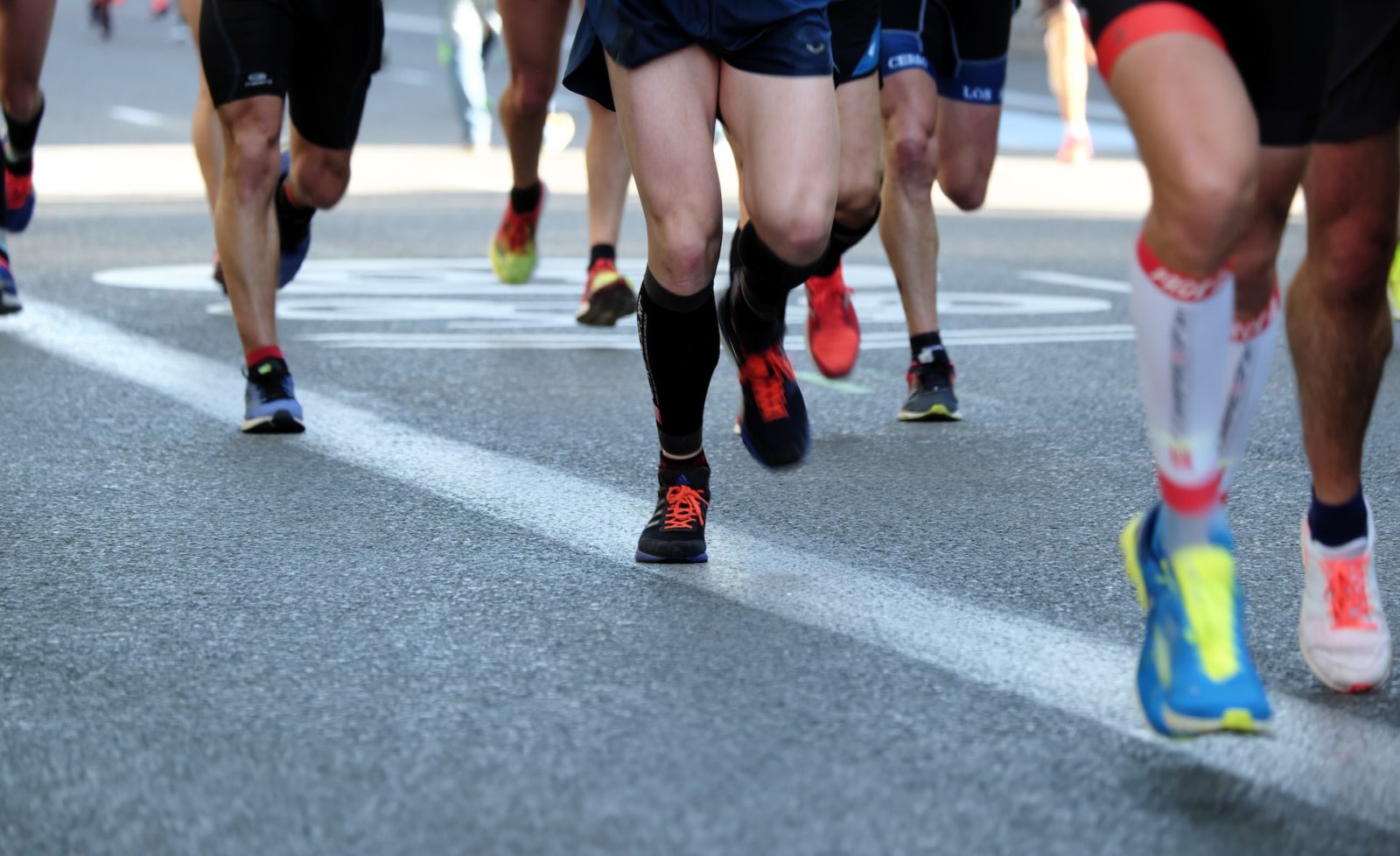Runner’s Knee Exercises

Experiencing pain on the outside of the knee is typical of runners’ knee. The problem usually affects people who run more than they are trained for. Runner’s knee occurs when a thick tendon from the gluteus maximus called the iliotibial tract or IT band becomes overstretched and inflamed. The IT band runs along the outside of the knee joint and attaches to the top of the tibia. Runner’s knee often appears if there is an imbalance in any other structure. Overpronation of the foot or a forward rotated pelvis often occurs with runner’s knee.
When the body is out of balance, certain structures can become overloaded and become stiff and weak. It is therefore important to find these imbalances and train them to avoid injury.
Good exercises for runner’s knee
Here are three great exercises for runners’ knee sufferers!
Runner’s knee exercise 1: Standing quadricep stretch
Here’s how!
- Stand either against a wall or with a chair as a balance aid, it can be done without a balance aid if you are used to this exercise already.
- Lift your heel up towards your butt as far as you can
- Grasp your foot with an arm on the side of the knee that hurts. So if you lift your right leg, grab your foot with your right arm.
- Keep your foot up behind you while keeping your body straight and not bending your hips in but pushing them forward.
- Hold the stretch for at least 30 seconds.
Runner’s knee exercise 2: Straight leg lift
Here’s how!
- Lie on the floor with your back down, lift one knee so that the sole of your foot is on the ground.
- Then lift the other leg up to a 45 degree angle and hold it still for 2-5 seconds
- Then slowly lower your leg to the ground and repeat.
- For increased difficulty, do it without dropping your leg all the way to the ground.
- Repeat 15-20 repetitions, in 2-3 sets. Alternate legs.
Runner’s knee exercise 3: Step ups
Here’s how!
- Find a stool, or a step and place your foot on the step.
- Lift yourself up as if you were going to climb the steps but without putting your other foot down.
- Then lower yourself back down the steps in a controlled manner.
- Repeat 10-15 times and change legs, doing 2-3 sets.
Walking lunge. Stand with feet shoulder width apart. Put your hands behind your head so your shoulders rotate backwards. Take a step forward so that the knee and hip joints are in a 90 degree bend. The knee should be in a straight line with the toes. Leave your other leg behind and lower your knee so that it almost touches the ground. Then push off with your front leg so that you end up standing with both feet side by side. Then take a step forward with the other leg and repeat. Always keep your back in a neutral position.
Step up. When adapting the exercise for the running movement pattern, you should push off with the back leg and not the front. Stand in front of an elevated, preferably one that gives 90 degrees in the knee joint. It can be a stool, chair or similar. Place one foot on it and breathe in until you feel a slight pressure in your abdomen. Push off with your back leg and lift your body straight up. Both feet should be next to each other. Step off with the leg that was first on the elevation.
Lunge jump. Stand with your feet shoulder width apart. Tighten your core and take a step backwards. Bend the knee of your back leg to 90 degrees and jump up. Switch legs while you’re in the air so that the front leg is behind you.
Standing toe raises with one leg. Stand on one leg. Lift your heel up as far as you can. Knee, hip and back should be straight during the exercise. Here it is important that the big toe joint is always on the ground.
Stretching the running knee
It can be good to stretch out stiff and weak muscles like runners’ knees. However, it is important to hold the stretch long enough (at least one minute) and not to feel pain while stretching.
Write about how it can also be good to stretch, write why and what you should think about to do it correctly.
Fascia treatment for runners’ knee
At the FasciaClinics analyze the whole body to see where compensations and imbalances exist and how they have spread. If there is a primary misalignment in the body, imbalances can spread further in the body so that muscles and tendons are more easily overloaded. Fascia treatment involves balancing the body to make the load more even and thus reduce the risk of overuse. The entire pelvis is corrected and the spine and legs are balanced and relieved. The treatment is done both manually and mechanically with gentle vibrations. The vibration removes congestion in the fascia and starts its flow so that the cells can absorb substances more easily. This improves the body’s own ability to heal itself. The treatment does not hurt and is often experienced as very pleasant.
 Search
Search































